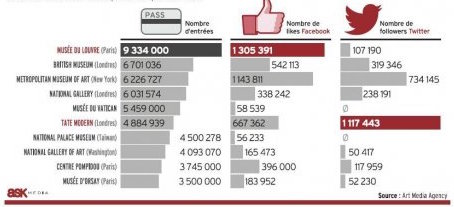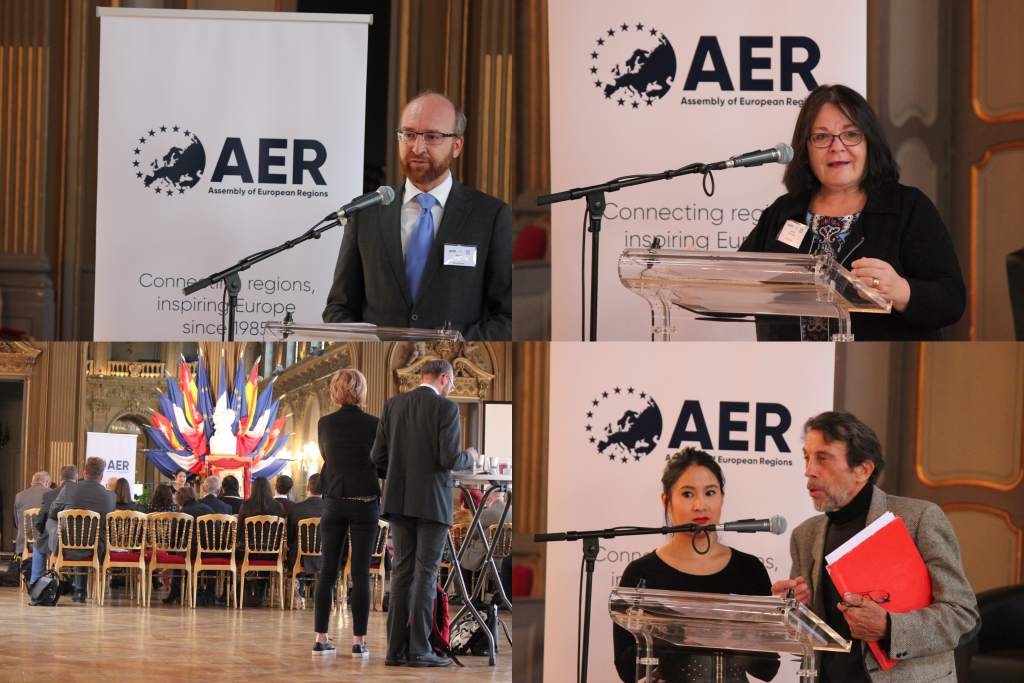 Share this!
Share this!In Nancy at the AER Committees’ plenaries culture will be in the spotlight. We’re asking the question: “is there a future for culture in the digital age?”. IT has been permeating all aspects of society. So what does this mean for culture? Will we get more, better, awful or awesome culture or will culture disappear altogether?
Culture in the digital age
Culture is a crucial part of regional policy-making. It is of specific interest for governments, businesses and investors as it ranges from cinema to tourism or education, and brings together diverse public and private actors. Culture is a policy area which reaches a large spectrum of population. Today, culture is shifting: kindles and iPads replace books and leaflets, 3D movie glasses, interactive museum guides and apps have become common features. An enhanced cultural experience often means digital supports need to be available.
The utility of drones has come to new edges, a futuristic trend that has been proven extremely useful in the preservation and diffusion of cultural heritage. Drones are now able to fly over endangered world heritage, like in Syria, and project their images into museums a hundred miles away, for people to take advantage of every bit of the beautiful legacies the world is made up of.
According to a study for the General Directorate on Heritage of the French Ministry of Culture and communication, more than one third of the people interrogated use internet while visiting a museum, an art exhibit or a monument and 16% of them have virtually visited the premises. This illustrates a substantial impact of digitalisation on culture.
The below a graph shows the most influential museums on social media, by number of tickets sold, likes on Facebook and followers on Twitter.

Indeed, culture has already gone through a new wave of digitalisation. Such innovation is highly encouraged by Ministries of Culture around Europe, now talking: E-Culture, E-education and E-tourism. The new culture industry features 3D, motion capture, augmented reality, and virtual reality, that can be used in films as well as in cultural heritage preservation. As we’ll see in the next paragraphs, these represent remarquable opportunities for regions.
Economics
With globalisation, culture and heritage has gained a tremendous worldwide recognition. In Europe, it translated in more than 9 million employments in the field of tourism and a European market for preservation and restoration of heritage estimated at around €5 Billion per year.
Thus, digital cultural economy comes out as a great source of employment and business creation. As cultural consumption shifts rapidly, linked to the expansion of Internet and the boom in the sales of connected objects, it creates a true pool of opportunities for stakeholders: including digital companies, big technology groups cities and regions!
What’s at stake for regions?
The digitilisation of culture multiplies the initiatives within regions. New centers for research, innovation and excellence integrate more and more areas dedicated to creation, live performance or digital arts! And, they are flourishing all over Europe! Regions and municipalities are also important actors in promoting new museum practices and the use of digitialisation in all sectors of culture.
In the context of the year of Cultural Heritage, the region of Gävleborg decided to intensify its virtual reality project to share the beauty of its decorated farmhouses of Hälsingland. A strategy that uses cultural heritage as a resource for achieving a sustainable and inclusive society, from the social, economic and environmental point of view.
Our debate “Is there a future for culture in the digital age” followed by the breakfast briefing on the role of regions in Culture will answer a key feature of the challenges set by a world in constant evolution.
For more information on AER’s work on Culture check out the Committee 3 for Culture, Education and Youth.
You can also get all the information necessary on our Autumn plenaries on the event page.
Sources:
- Cap Digital, created in 2006 gathers all actors of innovation: research labs, SMEs, start-ups, businesses, schools, universities and investors. More information at: cap.digital.com, the French Cluster for Digital Transformation
- Article by Carine Claude, the digital reinvents cultural consumption (translated from the French), La Tribune, 19 August 2014
Photo by Alicia Steels on Unsplash
Related articles

Workshop on smart green and integrated transport systems

Outcome of Executive board meeting (Nancy 12/09/17)

Nancy workshops: targeted experience exchange

The AER Committee Plenaries – Thank you for an eventful week!

AER Committee Plenaries – 12/14 September – Relive the week here!

Committee 1 debates artificial intelligence

Call for proposal on Cohesion Policy: the perfect call for AER region members!

